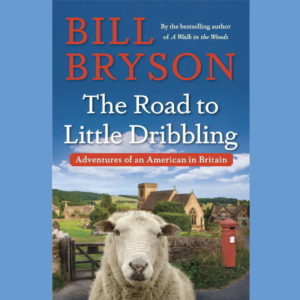 The puppy stopped suddenly, coming up short when he realized what he wanted was gone.
The puppy stopped suddenly, coming up short when he realized what he wanted was gone.
The younger, and far less dominant, of two dogs, he had been playing joyfully with a toy, shaking it and tossing it around, when it flew from his mouth and hit the floor with a thud. It caught the attention of the older, larger dog, who quickly grabbed it off the floor and walked away with it.
And just like that, the toy was gone.
This is a true story, which I tell because of what the little dog did next. His face took on a stunned look, and he stood motionless, silent, for a couple of seconds. I could practically see him thinking about what had just happened, and whether or how he should respond. Then shaking his head slightly, his face restored its happy puppy brightness, and he ran off to grab a different toy. Continue reading





